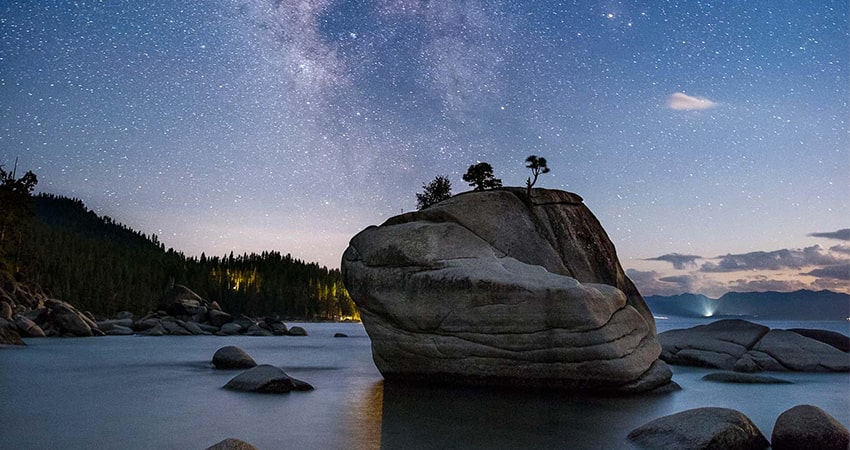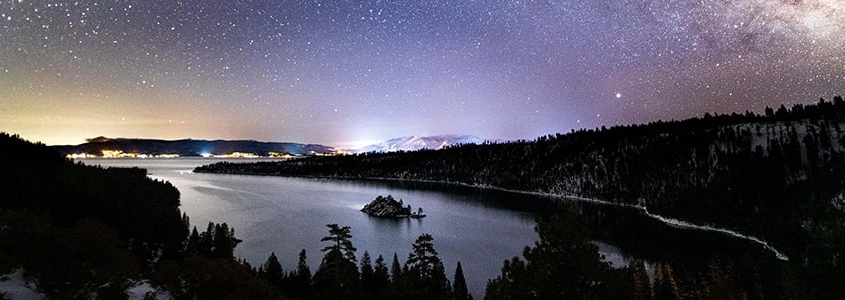Night Photography – 7 Tips for How to Shoot Photos at Night
Shooting at night is all about being prepared and experimenting with your camera’s various settings. Here are some things to consider in order to make the most of your night photography:
- Scout your location.
Given that you will be working in the dark, scout your location to plan your images before shooting. Make note of any possible challenges or obstacles. Is the site lit with artificial light? Do the lights change colors? What angle looks best? How can you best maximize the light you have?
- Prepare for long periods outside.
When shooting at night, prepare to be outside for long periods of time. It takes time and effort to get great night photography shots, from setting up the tripod and camera to adjusting the camera settings for proper exposure time
- Bring a flashlight.
Even with ambient urban light, it still might be difficult to see your camera’s manual controls or see the screws for your tripod. A small flashlight is a useful light source as you make your way through the night. You might even be able to use it to light part of your image.

- Shoot in manual mode.
The shooting manual gives you total control over your camera’s settings. Since nighttime photography requires you to work slowly and methodically, take the time to get your settings right.
- Keep your camera’s ISO as low as possible.
You might think that working with low light would require a high ISO setting, but that could be a mistake. The higher your ISO, the more grain becomes an issue, so you’ll want to go as low as possible. Take a couple of test shots at various ISO settings.
- Use a tripod for long exposures.
Nighttime photography usually requires long shutter speeds of 10 seconds or more so you can soak as much light up from your environment as possible. How do you keep your shot focused for 10 or more seconds? For that, you’re going to need a sturdy tripod.
- Make sure you’re shooting RAW.
The downgrade in quality that JPEG introduces can kill your nighttime shots, so stick with RAW. You’ll be thankful to be working with unprocessed images if you want to play around with your colors in post-processing.



